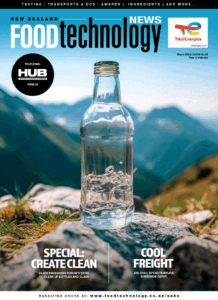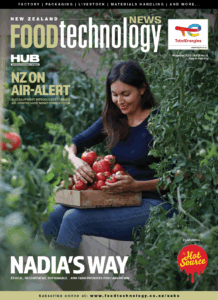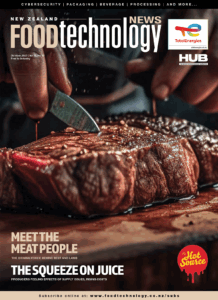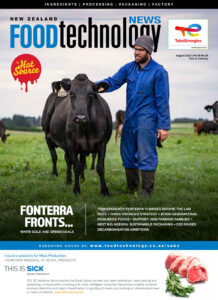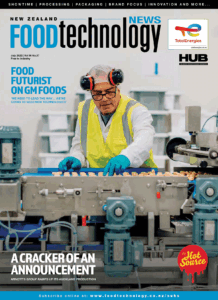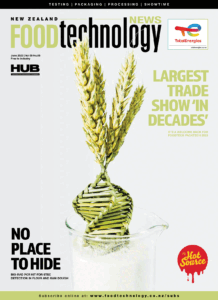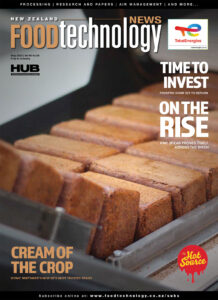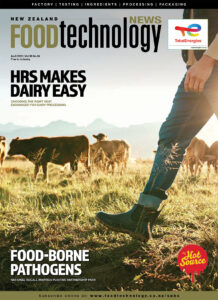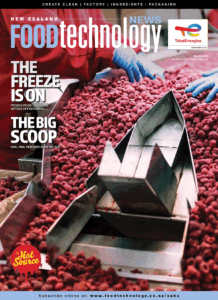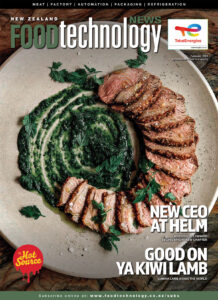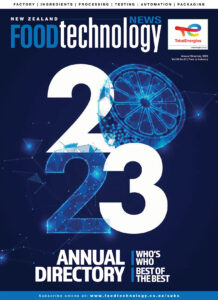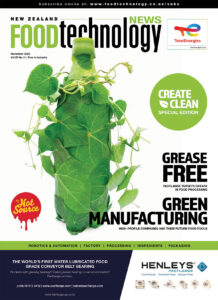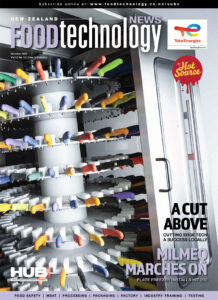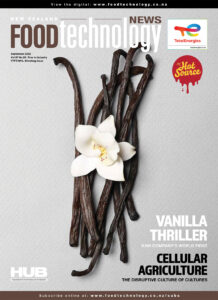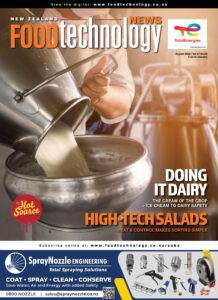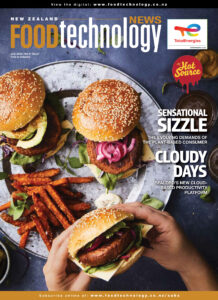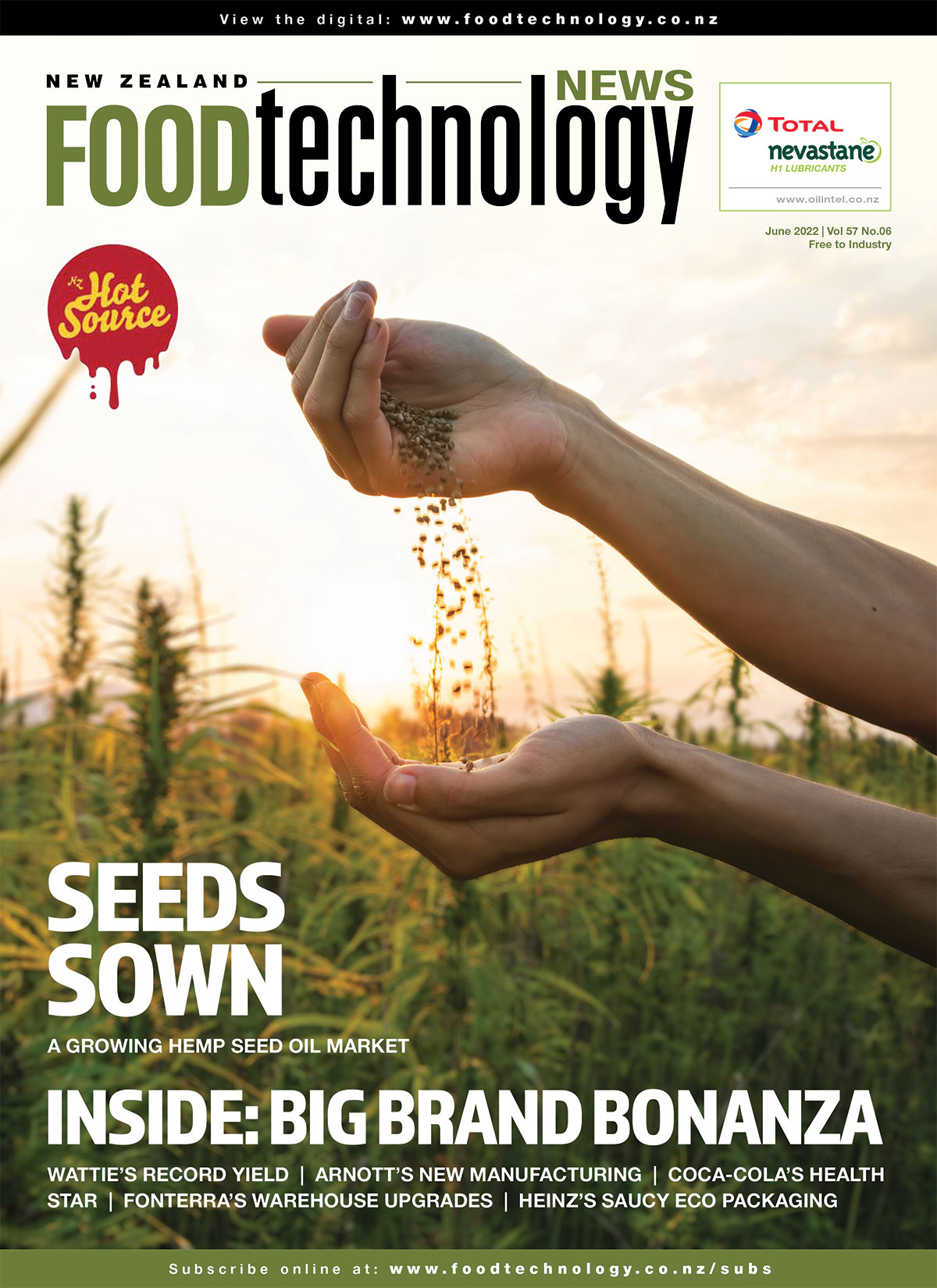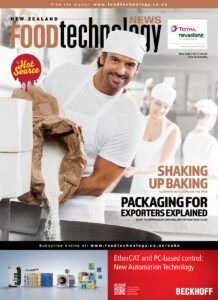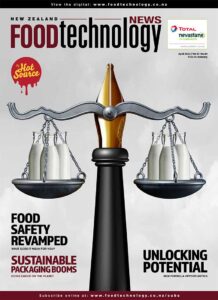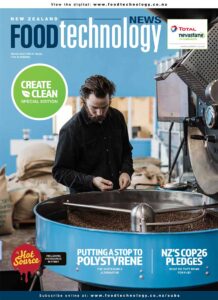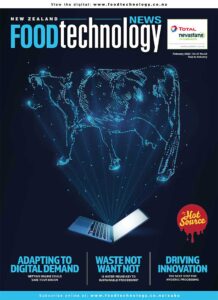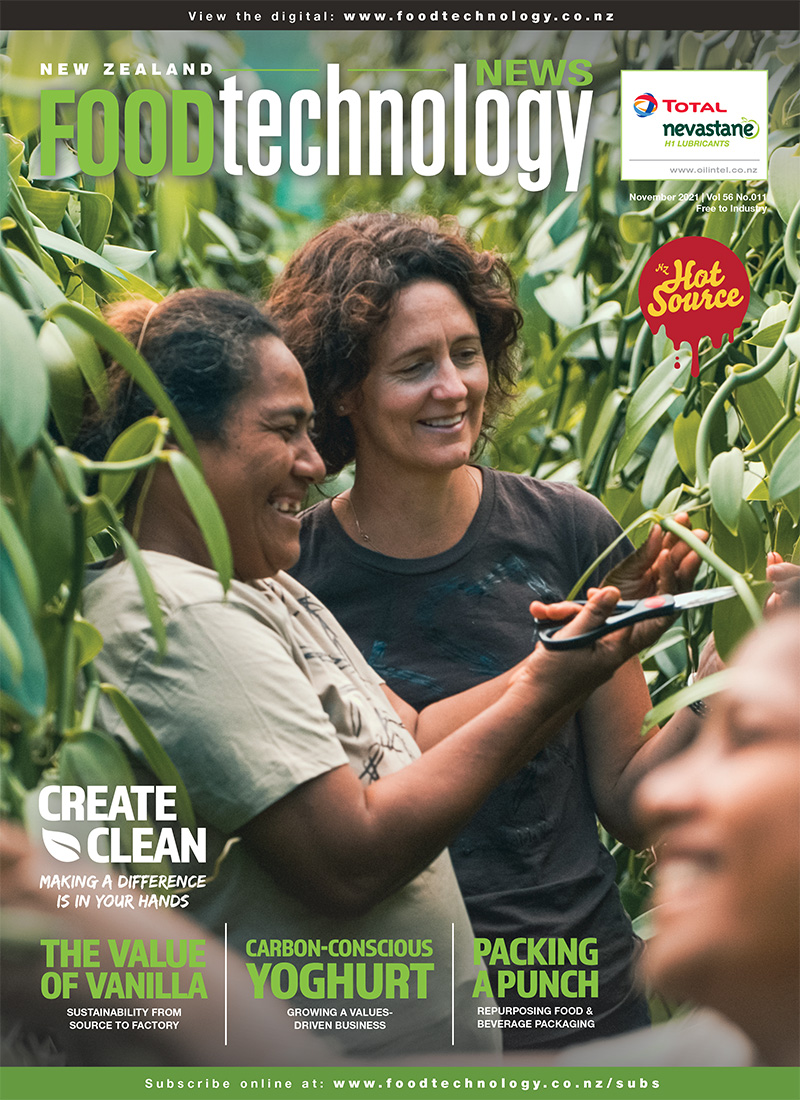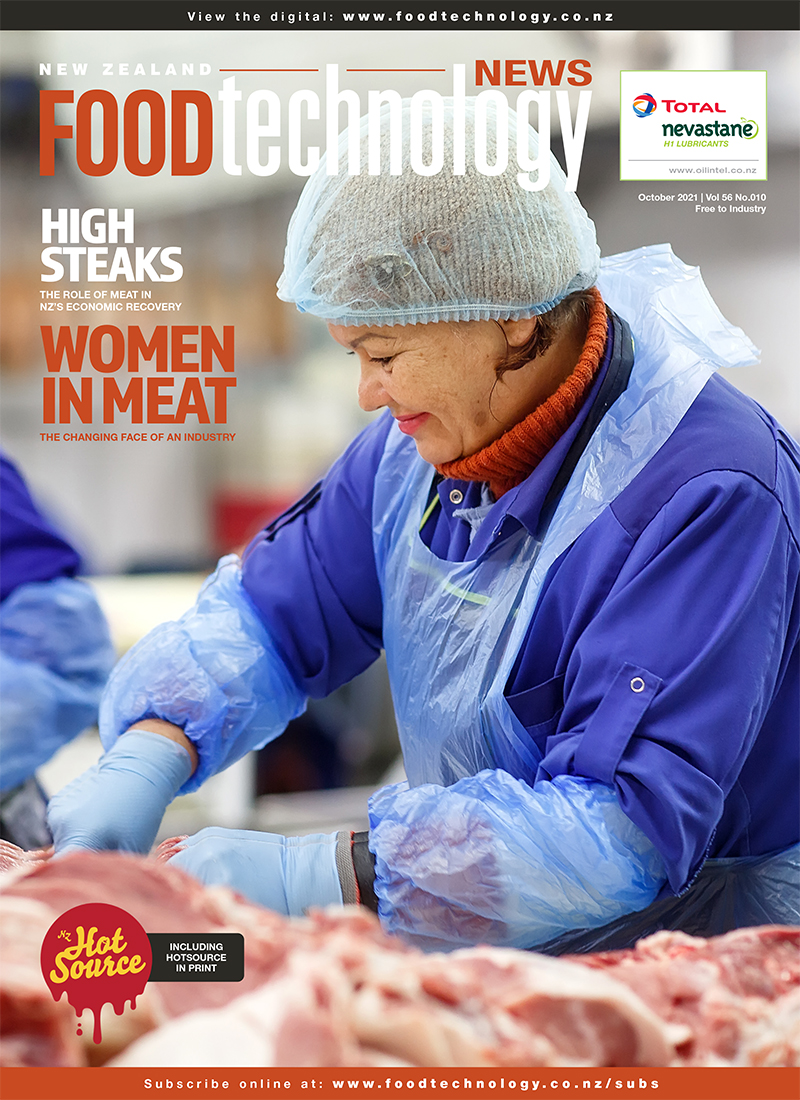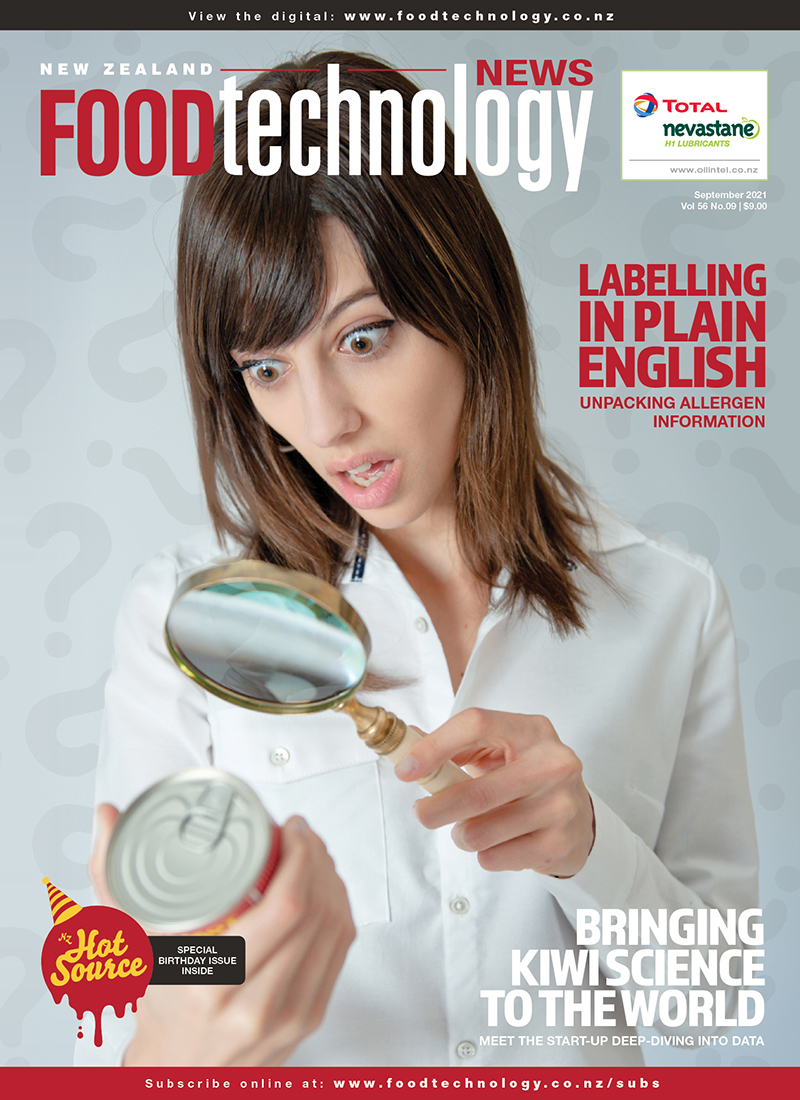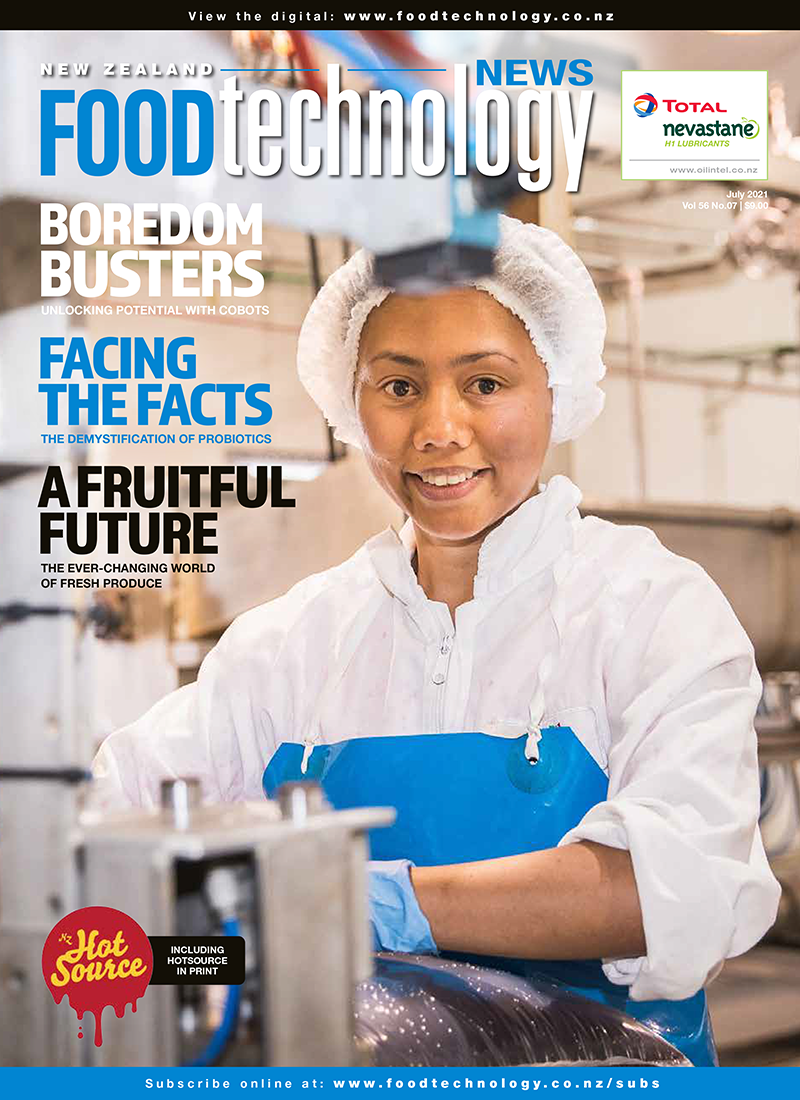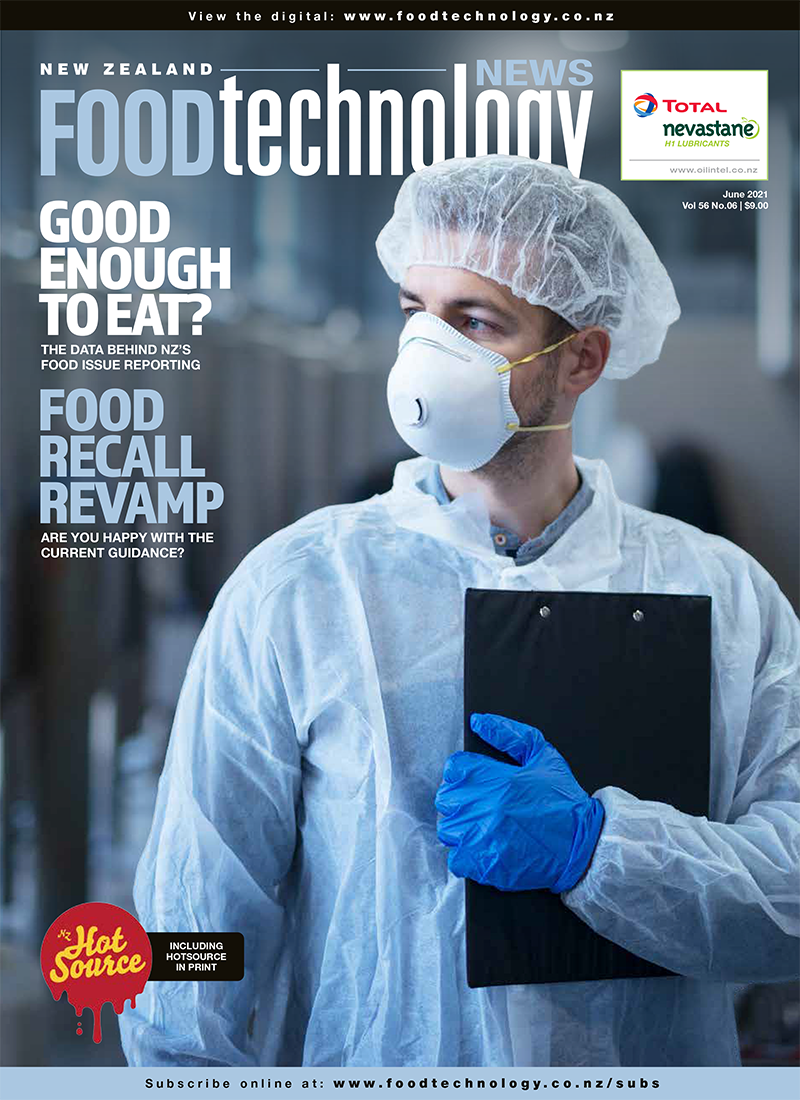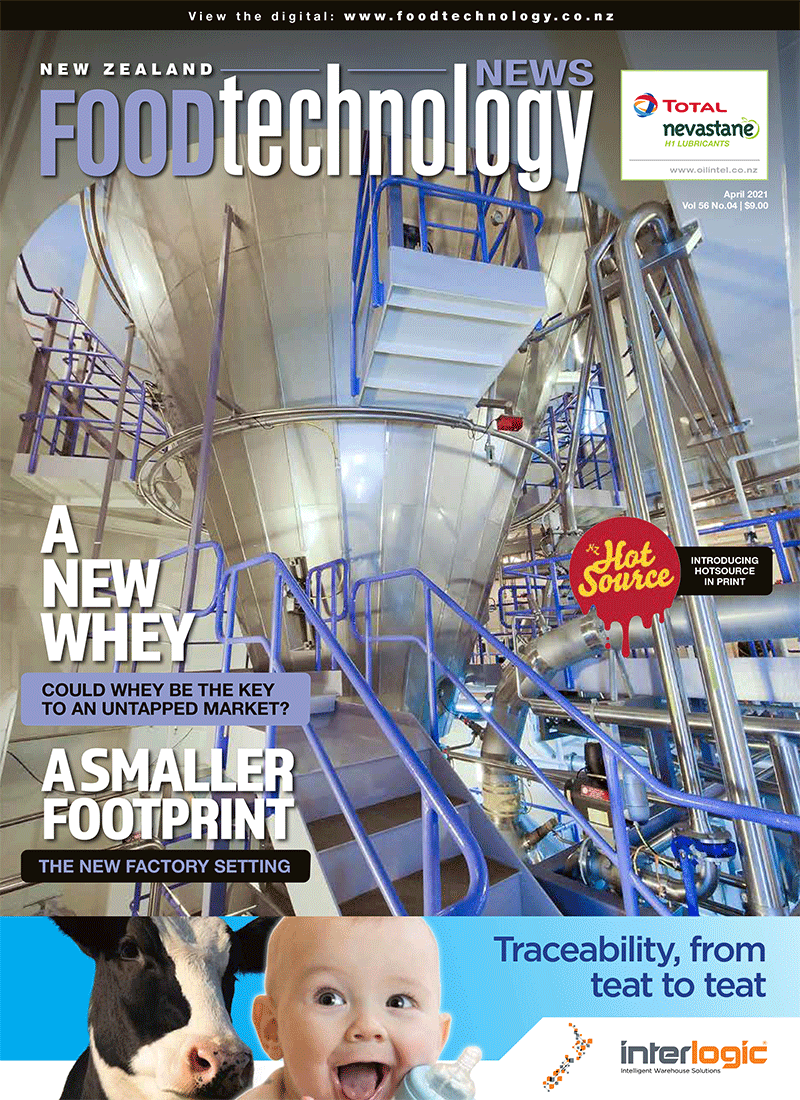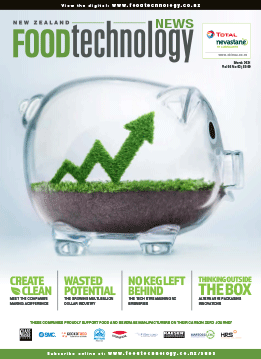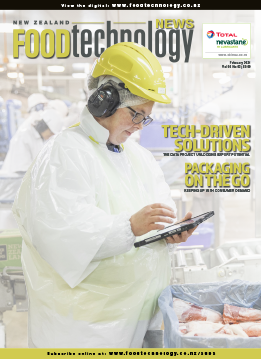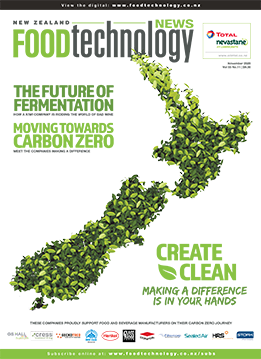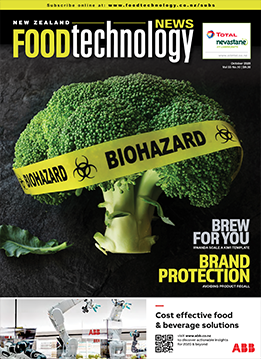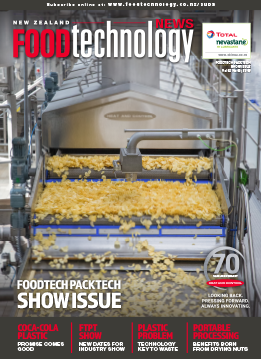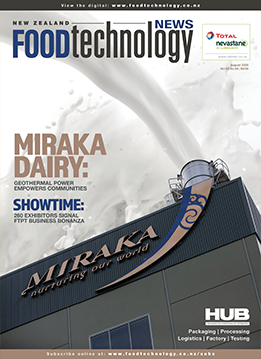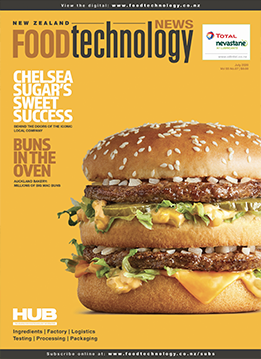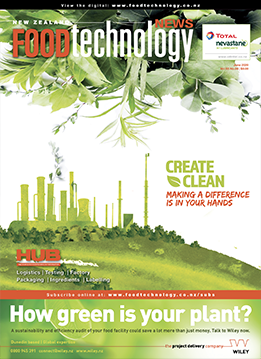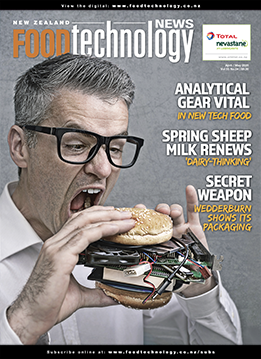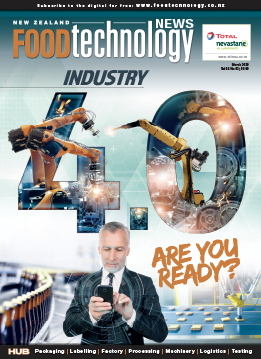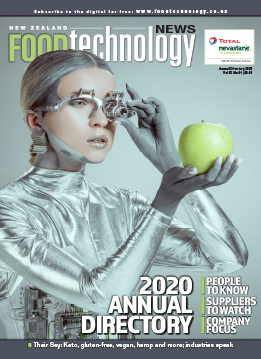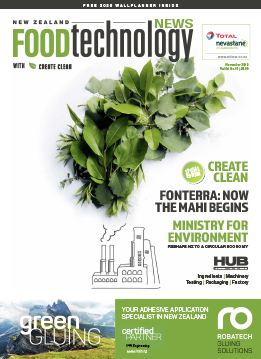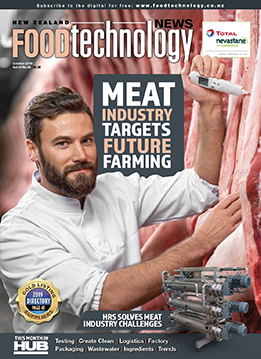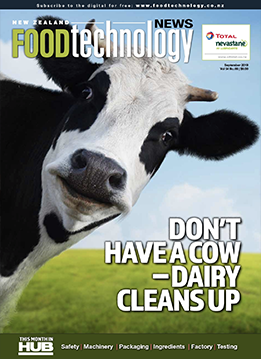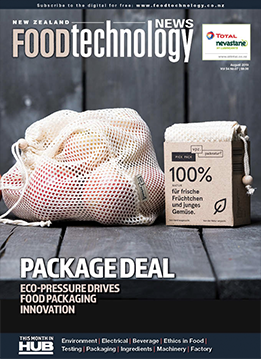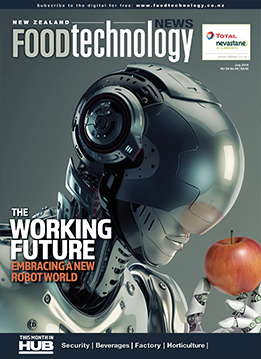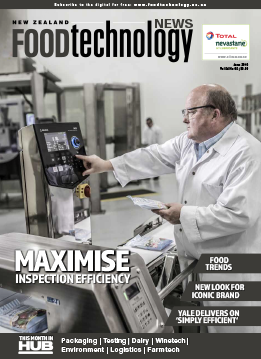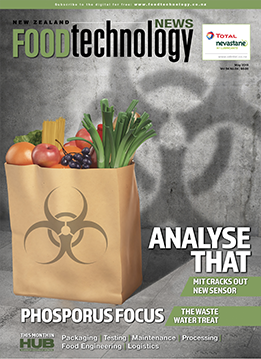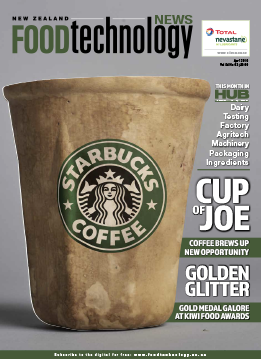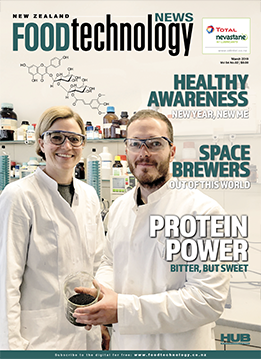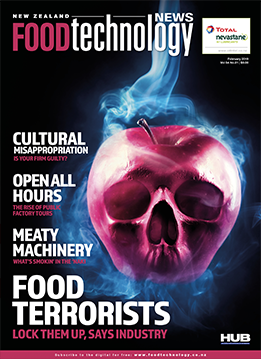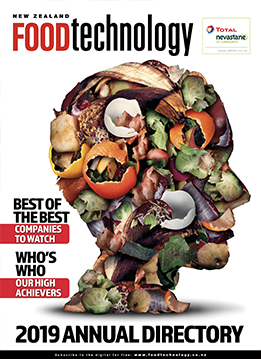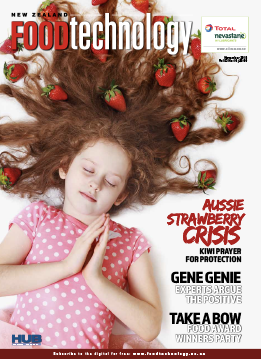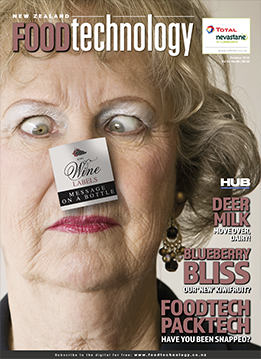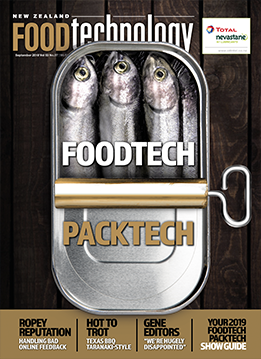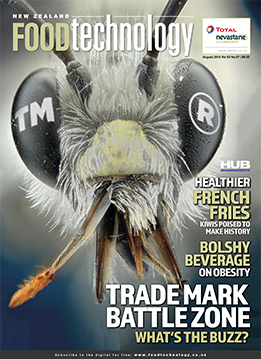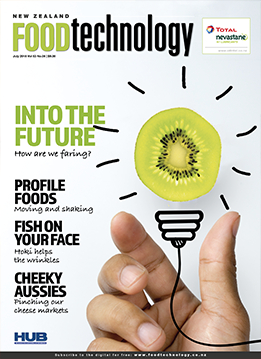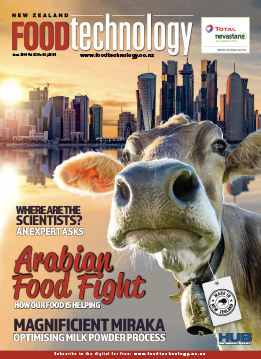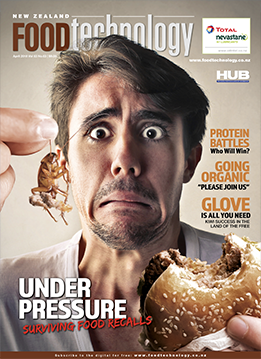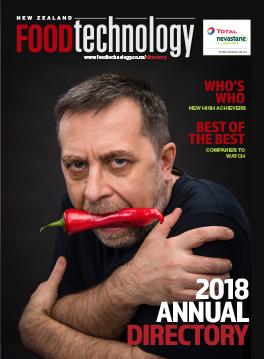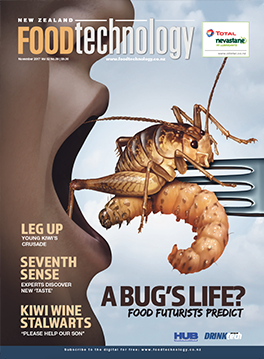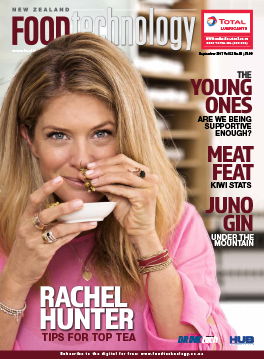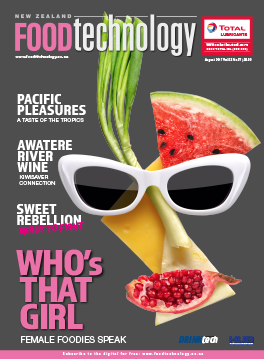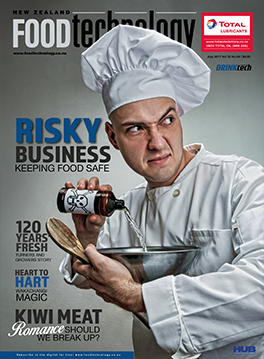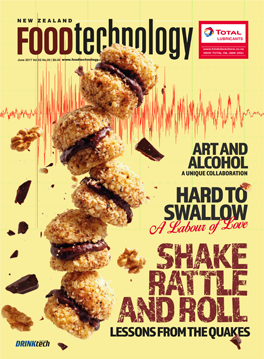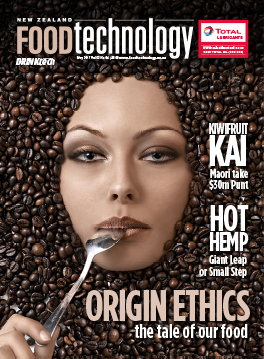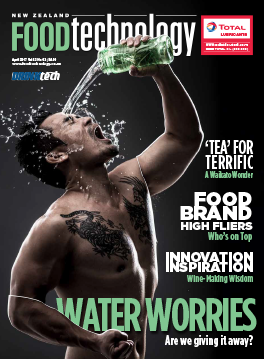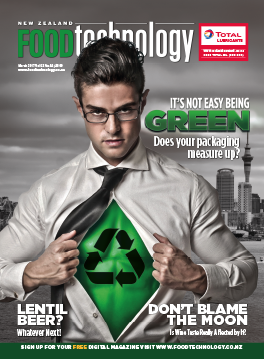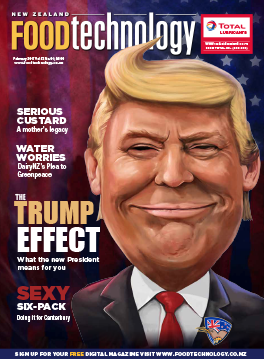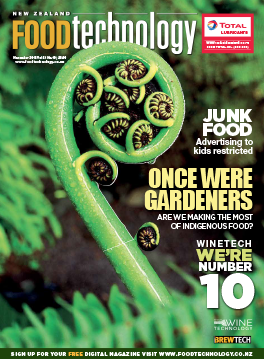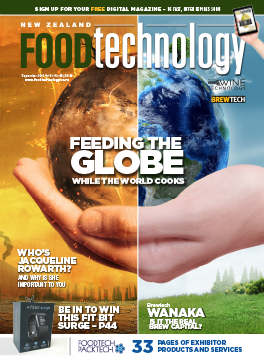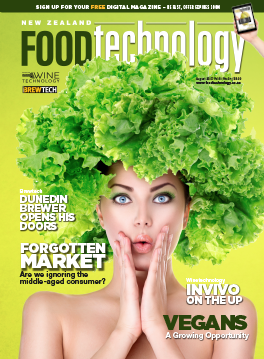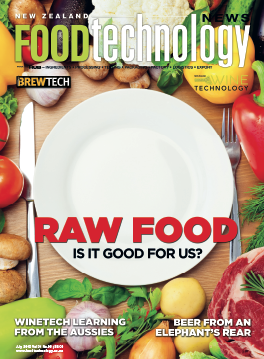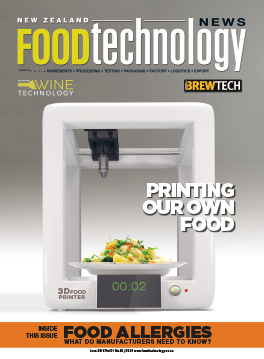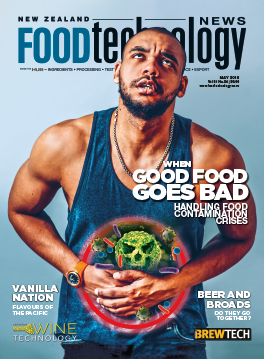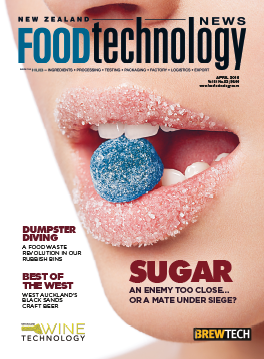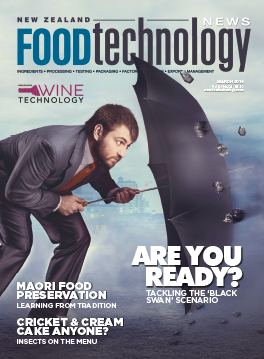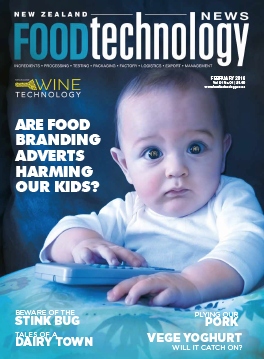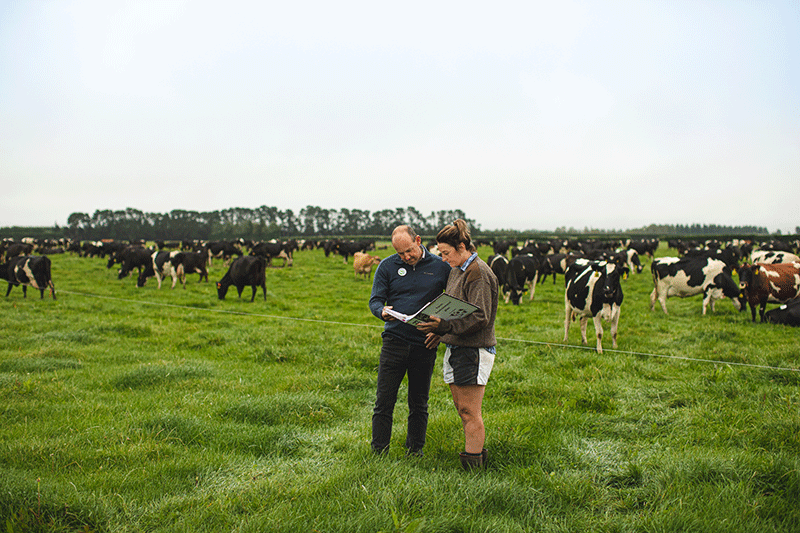 As one of New Zealand’s largest energy users, sustainability is at the core of Fonterra’s strategy to maximise and prioritise the qualities of New Zealand milk and take it to the world.
As one of New Zealand’s largest energy users, sustainability is at the core of Fonterra’s strategy to maximise and prioritise the qualities of New Zealand milk and take it to the world.
With research showing that people want their products produced more sustainably, Fonterra is working to stay ahead of consumer demand.
“New Zealand is already one of the best and most sustainable places in the world to produce milk, but we’re working hard to do even better by putting sustainability at the heart of everything we do,” says Fonterra’s global director of sustainability, Carolyn Mortland.
With this in mind, the company is incentivising Fonterra farmers to focus on sustainability with targets that will help them create the highest quality milk.
“We’ve introduced a programme called The Co-operative Difference which covers areas like protecting the environment, caring for animals and supporting the community. From next year, the more farmers achieve in this programme, the higher the payment will be for their milk,” says Mortland.
The company has also set a goal to have 100 per cent reusable, recyclable or compostable packaging by 2025 and sending zero solid waste to landfill within the same timeframe.
This includes innovations such as the Future Post project which sees Anchor milk bottles get recycled into fence posts for farmers – and a collaboration with Skycity where milk bottles are turned into shampoo, conditioner and lotion bottles.
“Another area we’ve invested heavily in is our Traceability Programme, which allows us to electronically track the origins of nearly any product within minutes,” says Mortland.
“This enables us to provide innovative new services for customers and consumers, like having QR codes on our products that consumers can scan to check the item is authentic and find out additional information about its provenance.”

Fonterra’s global director of sustainability, Carolyn Mortland
Mortland says the New Zealand dairy industry and food producers in general are grappling with significant challenges around sustainability in areas such as climate change, cleaning up the waterways or reducing plastic packaging.
“One of the key challenges for us, as one of New Zealand’s largest energy users, is transitioning to renewable energy. There are some big hurdles to overcome in order to reduce our use of coal. For example, we need to have the ability to process all of our farmers’ milk, have a secure and reliable energy supply along with it stacking up environmentally and economically. Due to the challenges we face around alternative supplies, particularly in the South Island where there is no natural gas, we will be reliant on coal for longer than we would like.”
Fonterra has set a goal for zero net emissions at manufacturing sites by 2050. Last year Fonterra committed to not installing any new boilers or increase the capacity to burn coal.
“We have also converted the boiler at our Brightwater site to co-fire on wood biomass and are carrying out work at our Stirling Site to move away from coal,” says Mortland.
“The move to wood pellets at our Te Awamutu site this season will save us more than 84,000 tonnes of carbon emissions – the same as taking 32,000 cars off the road. Our size and scale mean that such changes make a real difference for New Zealand.”
All of Fonterra’s current targets and how they are tracking towards them are available in their Sustainability Report (in particular pgs. 10-13).








